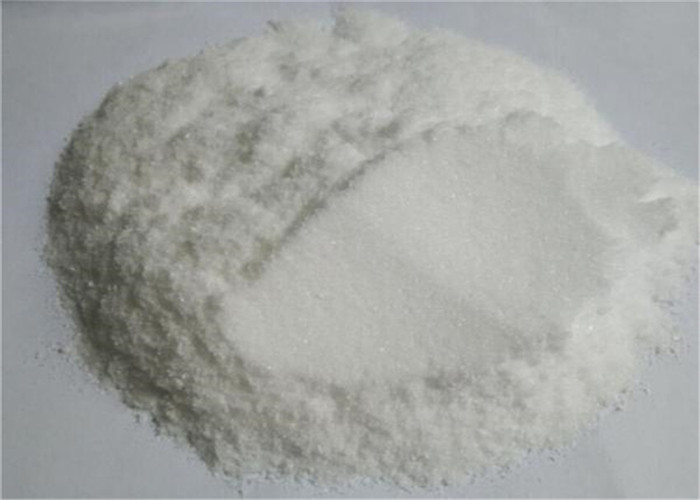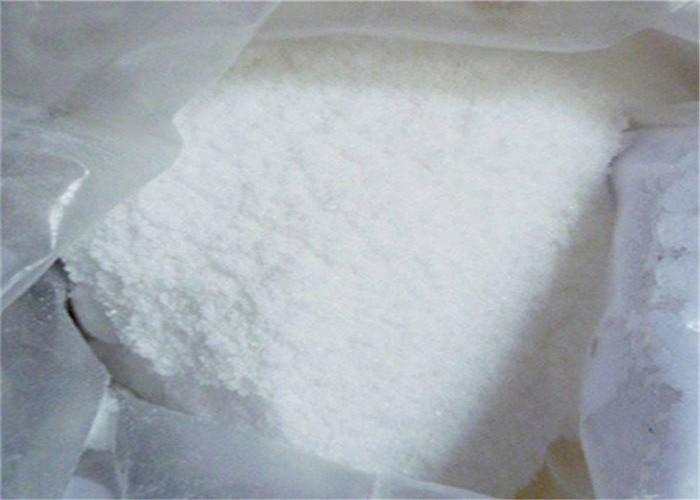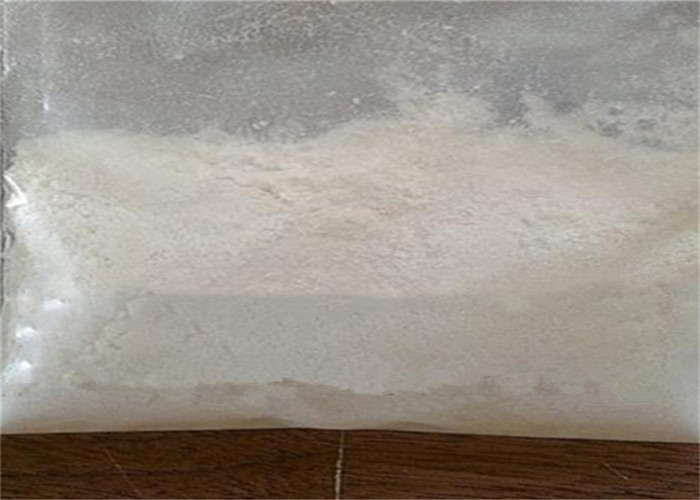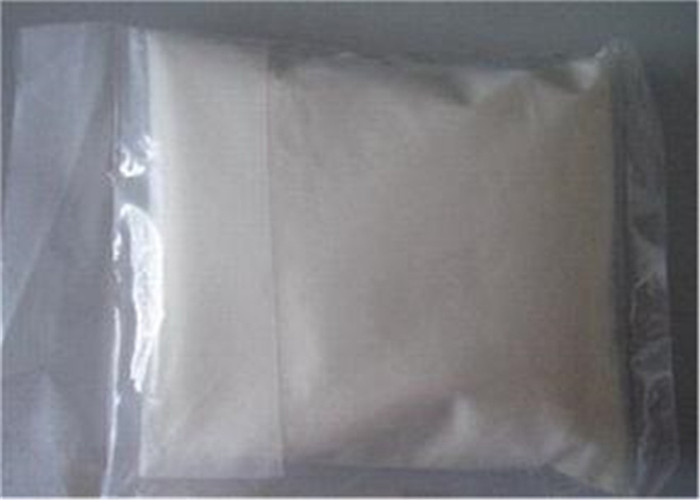Cabergoline pharmaceutique de matières premières pour le bâtiment de muscle
spécification:
| Nom du produit |
Cabergoline |
| CAS |
81409-90-7 |
| Pureté |
99% |
| Apparence |
White Crystalline Solid |
| MF |
C26H37N5O2 |
| MW |
451.6 |
| catégories de produits |
Intermédiaires & Produits chimiques raffinés, produits chimiques en bon état;Neurochemicals;Médicaments;API |
| Point de fusion |
102-104°C |
| Température de stockage. |
Store at +4°C |
| Usage |
Receptor stimulant |
| Payment terms |
WU , MG , T/T , BTC |
| Dispatch time |
Within 24h after confirming your payment |
What Is Cabergoline?
Cabergoline (a trademark of Dostinex, cabaser, caber), a fungal derivative, is a potent agonist of dopamine receptors. Numerous studies have shown that cabergoline inhibits prolactin. Currently, this is the preferred choice in medicine for the older bromocriptine because of its longer half-life and minimal side effects.
Cabergoline Functions and Traits:
As a dopamine agonist, Cabergoline directly correlates with the long acting D2 receptor thereby inhibiting the secretion of prolactin in the body and in turn lowering serum prolactin levels. As a dopamine agnonist, Cabergoline is used to treat Parkinson’s disease, hyperprolactinaemia (abnormally high levels of prolactin in the blood), Cushing’s disease and as mentioned prolactinomas.
Cabergoline’s direct function (specifics) is in that it inhibits prolactin secretion in the pituitary’s lactotroph cells. It really is a very simple drug and what’s simpler or perhaps interesting is that the simple medication was discovered almost accidently during experiments with ergot alkaloids.
Uses in medicine:
There are many uses that the medical world is discovering for dostinex. They include hyperprolactinemia, prolactin producing tumors, Parkinson’s disease, Cushing’s disease, and a myriad of other ailments.













 Directeur commercial
Directeur commercial